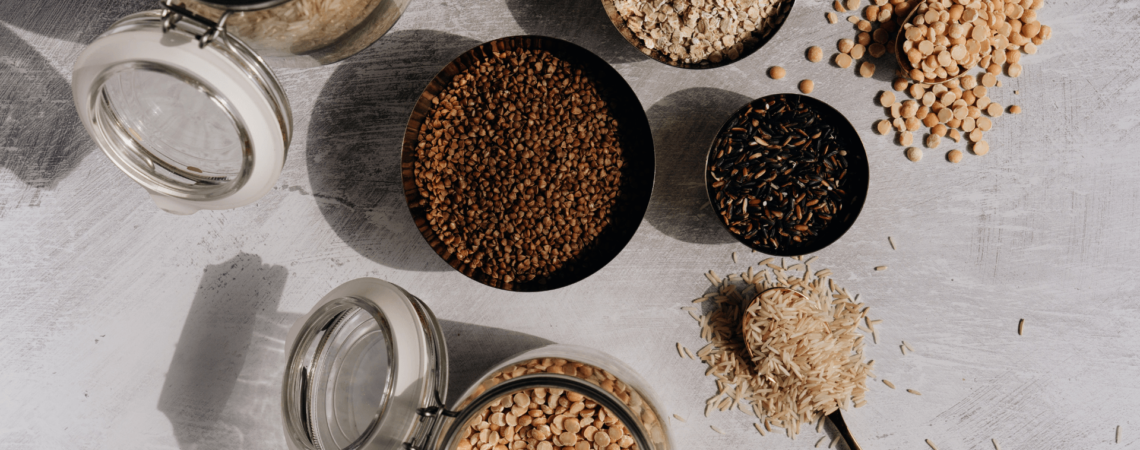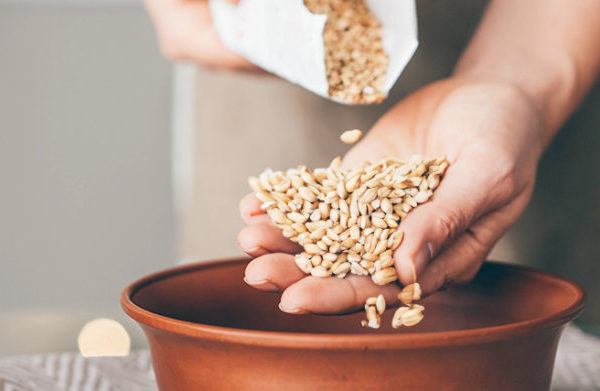
SHA Magazine Healthy Nutrition
Everything you need to know about the alkaline diet
Alkaline foods help to reduce body acidity, while acidic foods increase it.
Gwyneth Paltrow, Jennifer Aniston, Kirsten Dunst, Victoria Beckham and Jared Leto are just a handful of the celebrities who have admitted that they follow an alkaline diet. “The philosophy behind this dietary approach is that food has an impact on the body’s pH”, says Joana André, Nutrition and Health Consultant at SHA Wellness Clinic. “Thus, alkaline foods (which have a pH above 7) would help to reduce the body’s acidity, while more acidic foods (pH below 7) would increase it, creating an environment more conducive to the development of different diseases”.
Although the alkaline diet tends to be healthy, as it excludes a group of foods that are highly inflammatory and encourages a higher intake of plant-based foods, Joana clarifies that “its benefits do not come from its impact on blood pH. According to the American Institute of Cancer Research, food choices only affect urine pH, not blood pH. The body has its own self-regulating mechanisms and does several things to maintain its homeostasis, thus ensuring that the pH levels in blood, tissues and cells does not fluctuate significantly so as to be compatible with life (between 7.35 and 7.45). In contrast, urine pH does appear to vary considerably depending on food choices and can range from 4.6 to 8. In addition, acidification or alkalinisation of urine is one of the mechanisms the body uses to maintain pH within the desired range”.
Foods that are considered alkaline include mainly plant sources, such as non-starchy vegetables (beetroot, chard, spinach, kale), fruits (apricots, figs, dates), beans, soya and its derivatives. Acidic foods include meat, fish, seafood, eggs (especially egg yolks), coffee, dairy products (especially cheese), cereals such as pasta, rice and bread, and fatty foods such as bacon, alcohol and peanuts. Finally, neutrals include some fats, such as margarine, olive or sunflower oil.
But the choice of food is not the only factor to consider because, as Joana explains, “the pH of where the food grows is also very important and should be between 6 and 7 so that it doesn’t affect the bioavailability of nutrients. More acidic soils (with a pH below 6) seem to contain less calcium and magnesium, while soils with a pH above 7 may result in a lower bioavailability of iron, manganese, copper and zinc”.
In short, although the alkaline diet can provide some benefits for the body, at SHA we know that the best way to achieve an optimal state of health and well-being is to follow healthy, balanced and sustained eating habits rather than a specific diet.
If you want to learn more about the alkalinity of food, Click here





